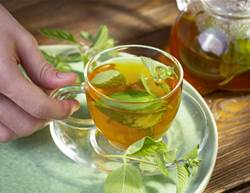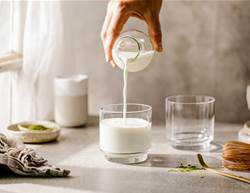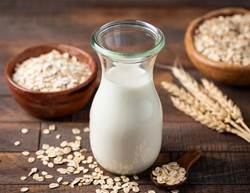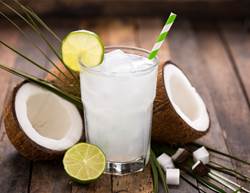It's understandable why many people give up meat in an effort to improve their health. Studies show that vegetarians tend to have lower rates of diabetes, obesity, heart disease and high blood pressure, and may even live longer.
But earning your healthy living badge isn't as simple as ditching burgers and chicken tenders. Adhering to a vegetarian diet that's actually wholesome and doesn't put you at risk for illness or a nutrient deficiency requires meal planning and a bit of research—in the beginning, at least.
But don't let this discourage you. These simple tips and tricks can help with the transition; consider this your beginner's guide to going vegetarian—without getting sick:
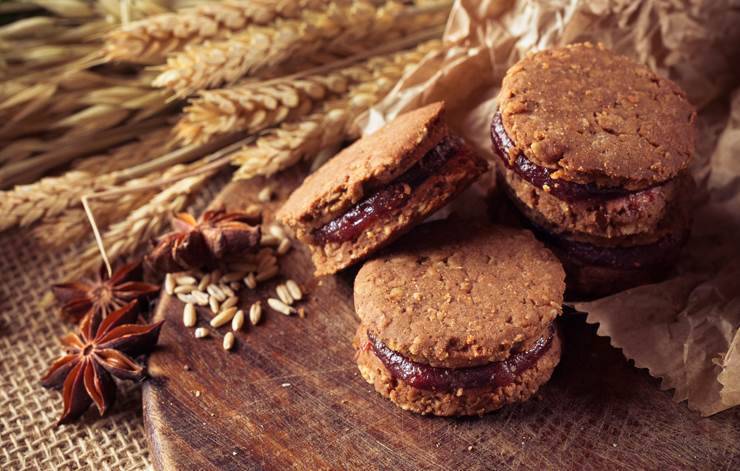
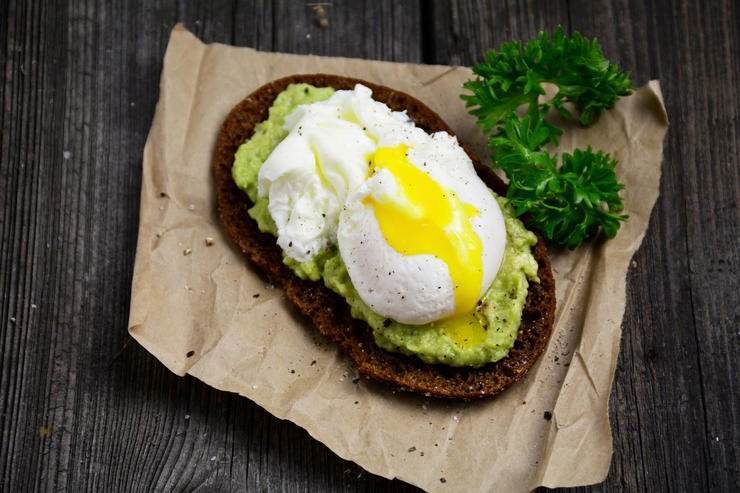


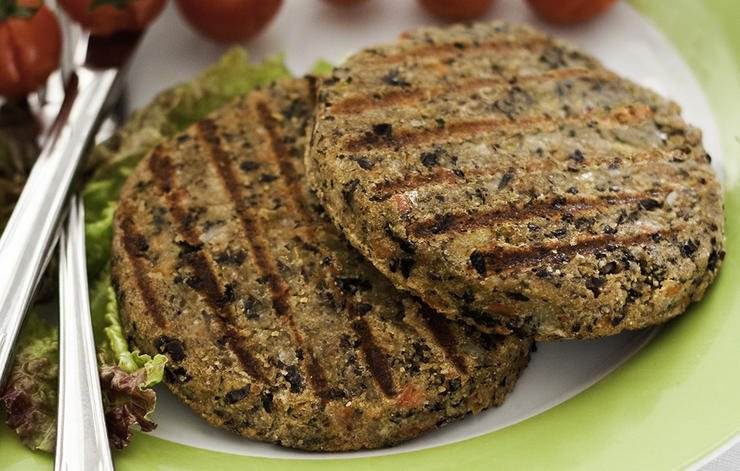

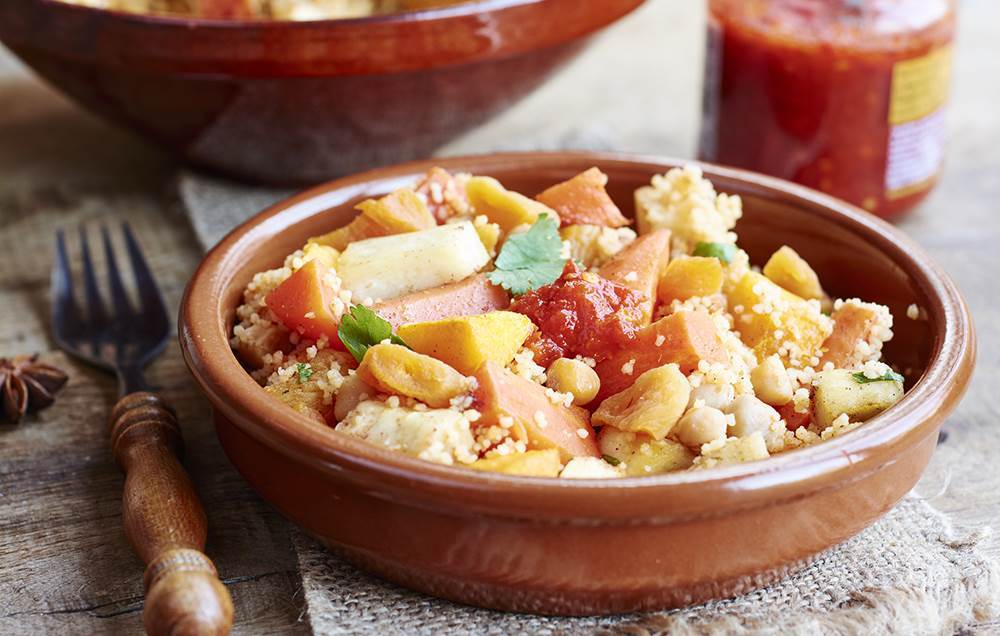
Don't assume something's healthy just because it's vegetarian.
"Not all vegetarian or even vegan food is healthy," says dietitian Jennifer Bowers. Case in point: Oreos; surprisingly, they're vegan. The same goes for French fries, as well as many candy bars and pastries, which won't do your waistline or your heart health any favours. But we're betting you already knew that. So, what should you be eating?
A healthy vegetarian diet is a balanced one, says dietitian Vandana Sheth. That means lots of colourful fruits and veggies; whole grains like brown rice and quinoa; heart-healthy fats like olive oil and nuts; and proteins, like tofu, beans and lentils.
Know how much protein you need and how to hit your goal.
It's the classic question meat-eaters pose to vegetarians: "But how do you get enough protein?" It's easier than you might think, thanks to beans, nuts, nut butters, eggs, tofu and lentils, Bowers says. To ensure that your body can continue building muscle, aim for 0.8 grams of protein per kilogram of your bodyweight. According to the calculator, a 50-year-old woman who weighs 140 pounds and exercises regularly needs around 55 grams a day. With around 8 g per half cup of beans and 6 g in a large egg, you can be well on your way simply by enjoying this tasty huevos rancheros breakfast. All in, the meal boasts 29 grams of muscle-preserving protein.
Measure your fats—even the healthy ones.
If you decide to allow fish in your vegetarian diet, you'll reap the heart and brain benefits of their naturally occurring omega-3 fatty acids. If you opt to go entirely plant-based, you can find those healthy fats in chia seeds, flax seeds and walnuts, among other sources, Sheth says. But calories and fat from nuts and seeds add up fast, she warns, putting you at risk for weight gain. Excess body fat taxes your health in many ways, including increasing your risk of certain cancers.
To ensure you're not going overboard, know the proper serving size of the fats in your daily diet. A serving of oil or butter, for example, is 1 tsp; a serving of almonds is a 1/4 cup; a serving of salad dressing is 1 Tbsp; and a serving of avocado is 1/8 of a fruit.
Assess your iron intake.
If you notice fatigue or muscle weakness as you cut out meat, don't brush it off. Both can be signs of anemia, a condition that occurs when the body doesn't have enough iron to create red blood cells. According to the National Institutes of Health, men need 8 mg a day; women need 18 mg daily up to age 50 (27 mg during pregnancy), then 8 mg daily after that.
Most vegetarians can reach their daily goal by eating iron-rich foods like beans, raisins and dark leafy greens, but sometimes, this isn't enough. And that's because the body doesn't absorb plant-based iron as easily as animal sources. But this doesn't mean you need to eat two or three times the recommended amount. Simply pairing iron-rich foods with vitamin C makes the mineral easier for your body to absorb, Sheth says. So, top your kale salad with red capsicum, tomatoes or a tangy lime vinaigrette, or add a homemade pineapple-based salsa to your black bean and tofu tacos.
Vitamin B12 deficiency can also lead to anemia, Bowers cautions, and since it's only found in animal products, vegetarians that don't eat sources of the nutrient like yogurt, milk, or eggs, may need to take a supplement.
Skip the processed meat alternatives.
Imitation chicken tenders or "veggie" burgers made mostly from soy and corn are quick and easy, but not your healthiest choices, Sheth warns. "Processed substitute meat products can be high in calories, fat and sodium," she says, which over time, can contribute to weight gain, high blood pressure and heart disease. The healthier option? Make your own with whole food ingredients.
Experiment with new recipes.
"It's a myth that all vegetarians eat is salad," Sheth says, but it is true that if you're not used to cooking vegetarian meals, you might quickly find yourself in a rut. Eating the same exact meals every day, though, could severely limit the vitamins and nutrients in your diet. To ensure you're getting the nutrition your body needs to thrive, try new recipes with ingredients you haven't tried before.
Take baby steps and ask for help.
Quitting meat cold turkey (sorry) won't make you physically ill, but it might be more mentally taxing than gradually easing into vegetarianism. "I think taking baby steps is typically better for long-term success," Bowers says. That way, you avoid the stresses and frustrations of a total diet overhaul overnight. She suggests starting by eliminating a specific food. "I've told patients to first cut out all red meat for a couple of weeks, then eliminate chicken, and progress like that, until most of their meals are plant-based." You can also start with one meatless meal per week, then one meatless day per week, and continue in that pattern, Sheth says, until you've fully transitioned to plant-based eating.
And if all of this seems overwhelming, you can always seek out some one-on-one expert advice. A registered dietitian or nutritionist can help you identify your ideal nutrient intakes and create recipes tailored to those needs and your tastes, Sheth says.






